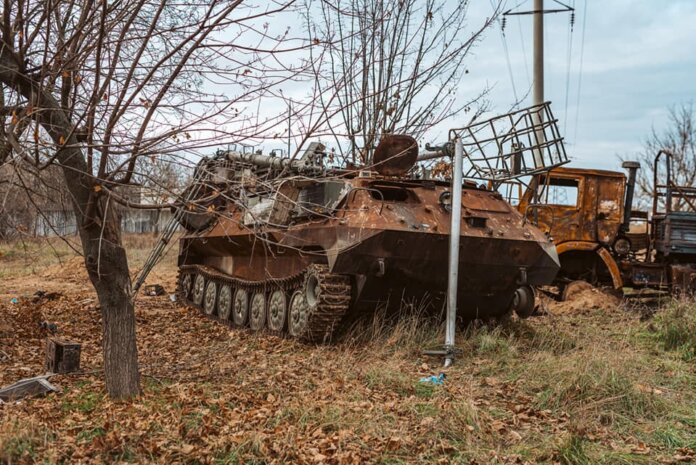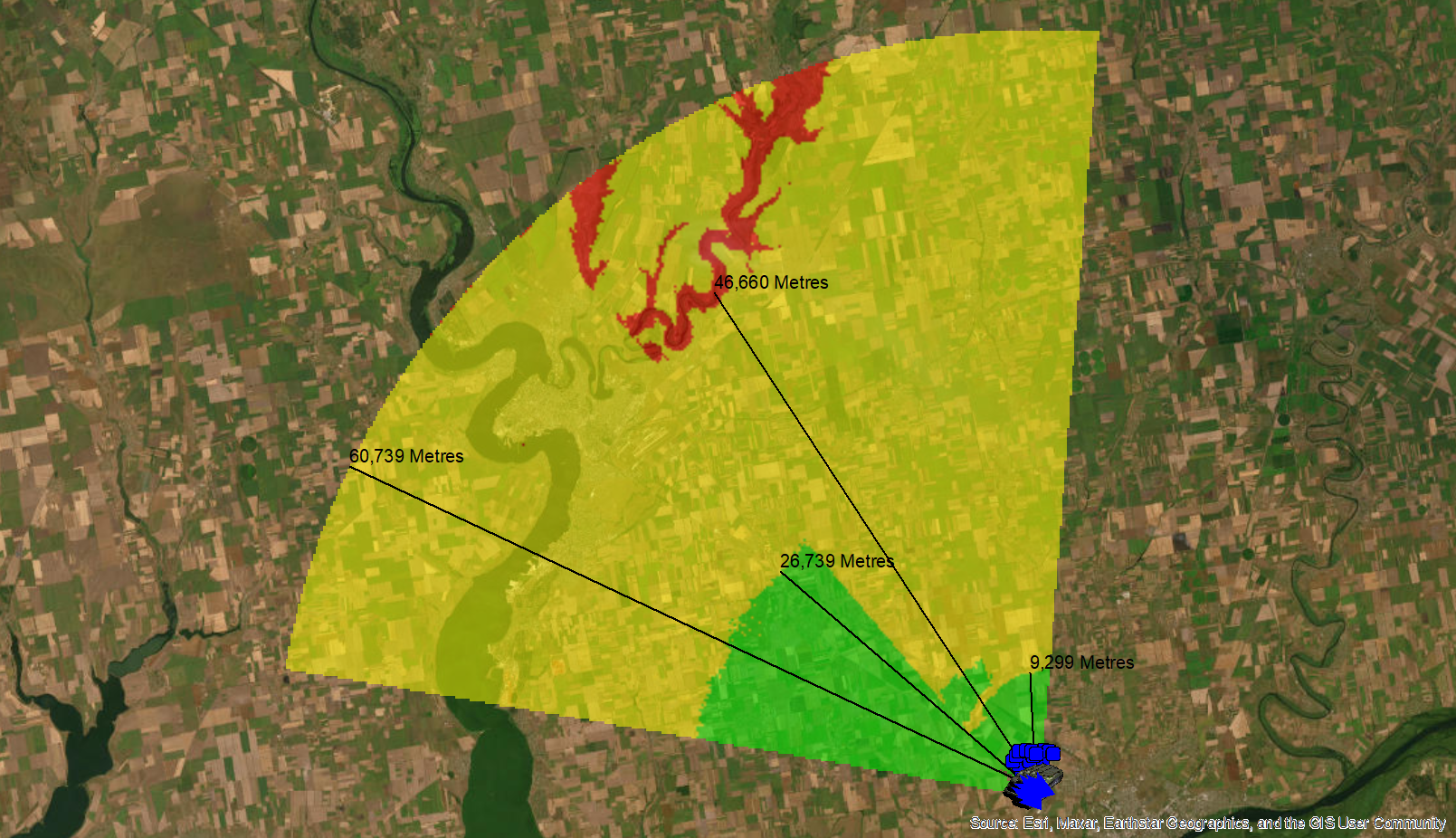
The Russian Army has withdrawn from the southern Ukrainian city of Kherson. Below is a fictitious letter from an army EW company commander to his superior officer debriefing the mission.
To – Officer Commanding, 20th Guards Motorised Rifle Division (GMRD)
From – Captain Illya Nikolaevich Kuryakin, commander 20th GMRD EW Company
15th November 2022
Dear Sir,
Forgive me for not addressing you personally. It will be no surprise to learn that the usual efficiency of the 22nd Army Corps’ command has reared its head once more. You have been in post now for over 100 days but Corps HQ has still not shared your name. Excuse my gallows humour, but I do hope you last longer than your predecessor. Aleksey Nikolayevich was a dear friend and has sadly now joined so many of our brethren in zinc coffins. The Ukrainians seem to kill more of our officers than Josef Stalin on a bad day.
Talking of losses. You will have seen our unit took a pounding before the Kherson withdrawal. We even attained a dubious level of fame. A photo of one of our Borisoglebsk-2 electronic warfare vehicles did the rounds on social media. The hull now resembles the inside of my old granny’s oven. At least that managed to cook dinner; more than this burned hulk will ever do.
As you know, we deployed as the 20th GMRD’s EW company to Kherson International Airport from early March until our withdrawal on 10th November following the enemy’s counteroffensive. Those months were not easy. Our unit regularly came under air and artillery bombardment hence the damage our EW units sustained.
Our deployment has been a wake-up call for the company. It should also heed lessons for the wider general staff although these will doubtless be forgotten. Enough moaning. Just like the ‘good old days’ there is every chance that such talk gets me thrown out of the army, thrown in prison or thrown in a body bag.
We deployed our unit’s Borisoglebsk-2 system at the airport. As we detect and jam enemy radio transmissions we were ordered to listen for these and attack them as needed. I don’t know how familiar you are with our kit. We can theoretically detect and jam hostile High Frequency (three megahertz/MHz to 30MHz) and Very/Ultra High Frequency (V/UHF: 30 megahertz/MHz to three gigahertz) radios. These can be on the ground or in the air.

Occasionally, we got lucky and located hostile units from their V/UHF signals. This got harder as the special military operation continued. Ukrainian emission control and radio discipline improved. They only transmit when they must and keep traffic to a minimum. Forget trying to locate them with their cellphones, they hardly ever switch them on. The Western radios they use have unbreakable encryption. Perhaps the general staff could ask the Americans if they would give some to our tactical units? Sorry, battlefield cynicism rears its head again.
There’s another problem. Our jammers are powerful. On a good day, I could crank out one kilowatt of power from each of our jamming vehicles. Yet they killed our own battlefield communications. We got angry requests to “turn the fucking jammer off” barely heard under the cacophony of our own static.
I had to be careful too. The intel boys didn’t like us jamming anything, not that there was much to hear with Ukrainian emissions control. On top of that, some of the precise fire our unit took arrived soon after we’ve started jamming. I’ll bet the Ukrainians can easily find our jammers once they power up given our battle damage.
On paper, our Borisoglebsk-2 should be able to detect and jam emissions from V/UHF ground-based radios across an area of 2,143 square kilometres (827 square miles). The diagram below shows what we could do on a good day from Kherson airport. As far as detecting V/UHF emitters was concerned, our range was at best just shy of 30 kilometres/km (18.6 miles). Within this range, we’d have a 90 to 100 percent Probability of Interception (POI) for a standard V/UHF radio. We’re assuming that radio is not using any low probability of interception/detection techniques! Nonetheless, our ranges could be as low as circa nine kilometres (5.6 miles) for a 90% to 100% POI. The chances of getting an interception beyond 30km fell to between 50% and 90% POI. Forget trying to find a V/UHF radio in a valley. Ukrainian units in the river gorge 40km (25 miles) northwest of us could pretty much use their radios with abandon. At best we’d get a ten percent to 40% POI.

Things were a little better with jamming, we could attack V/UHF radios out to around 60km (37 miles) with a 90% to 100% certainty. Matters were more challenging to the northwest. We could achieve similar success at distances of circa 35km (22 miles). Beyond that, we had scarcely any effect. Moreover, our desire to jam was stymied by the problems I flagged above. All-in-all the Borisglobesk-2’s performance on this occasion was a far cry from the shiny datasheets we were given at MAKS.

We are back safely across the Dnipro mostly intact save the lads and equipment we left behind. What the future holds is anyone’s guess. No doubt, command will try a new operation with the same doctrine, equipment and tactics expecting different results. A definition of madness? Not for me to say.
Yours
Capt. Kuryakin












